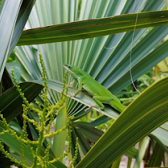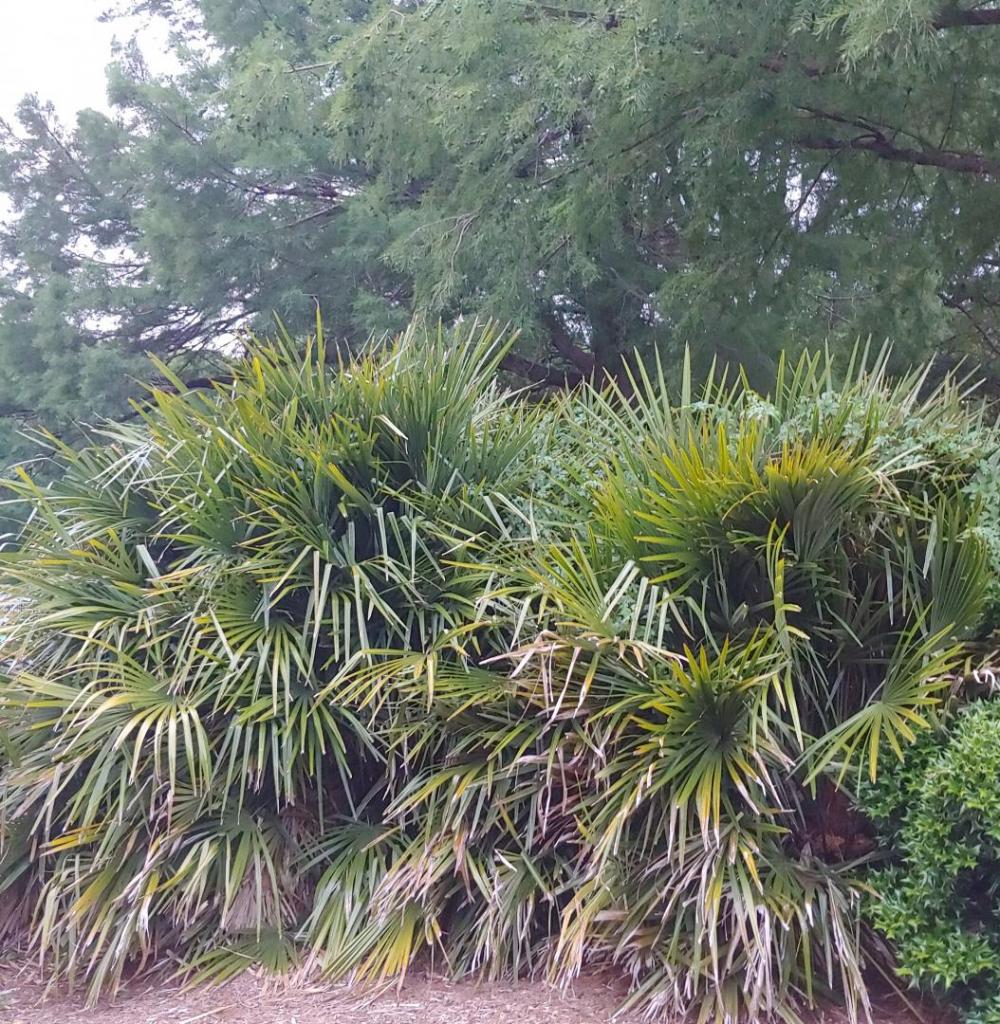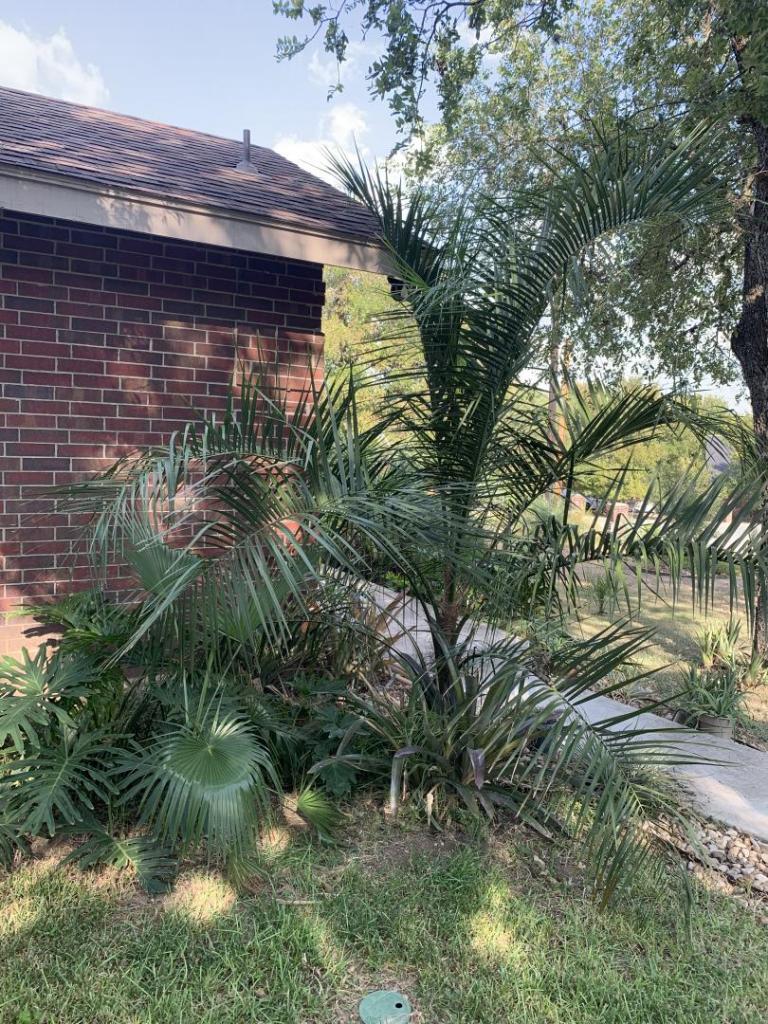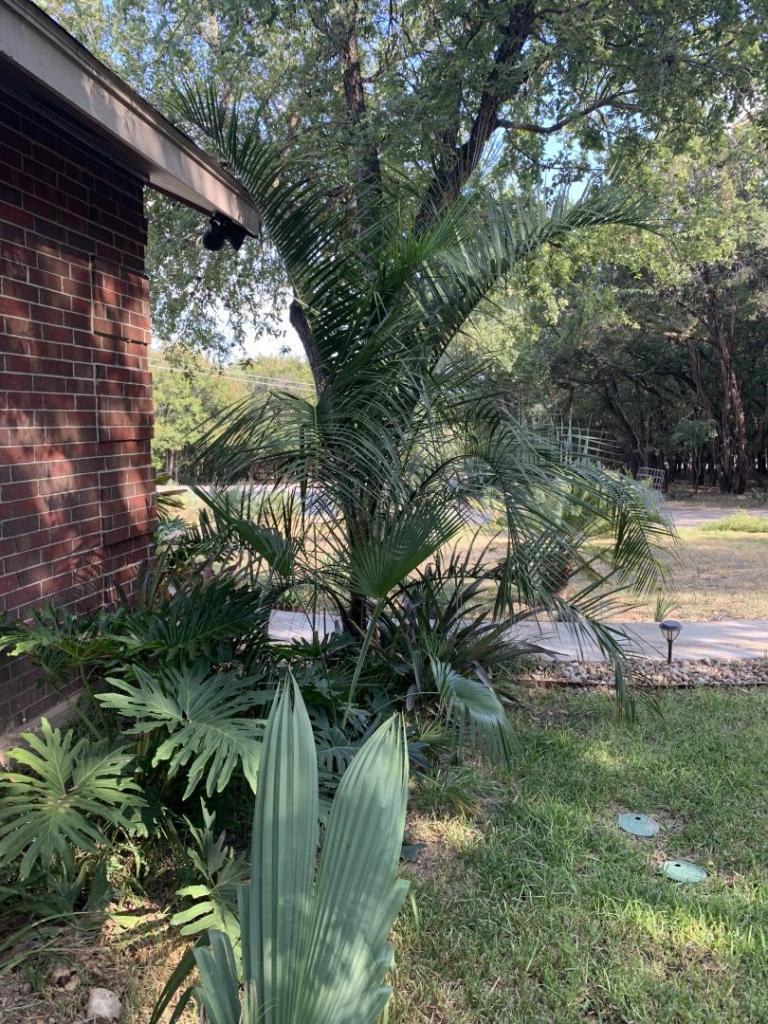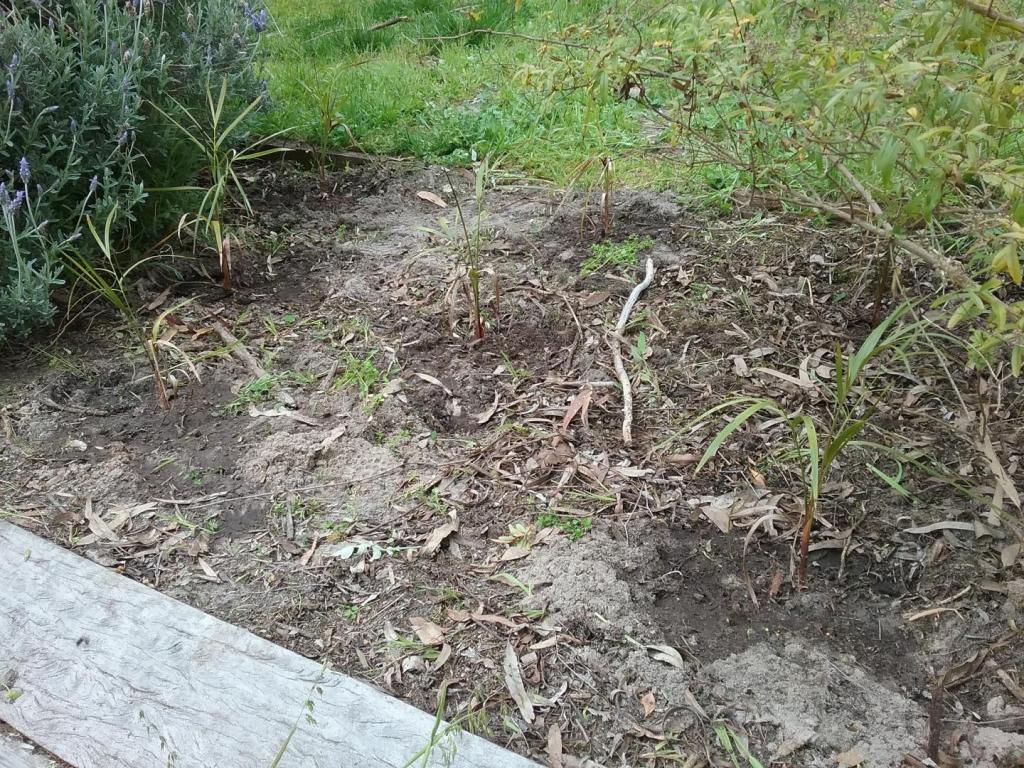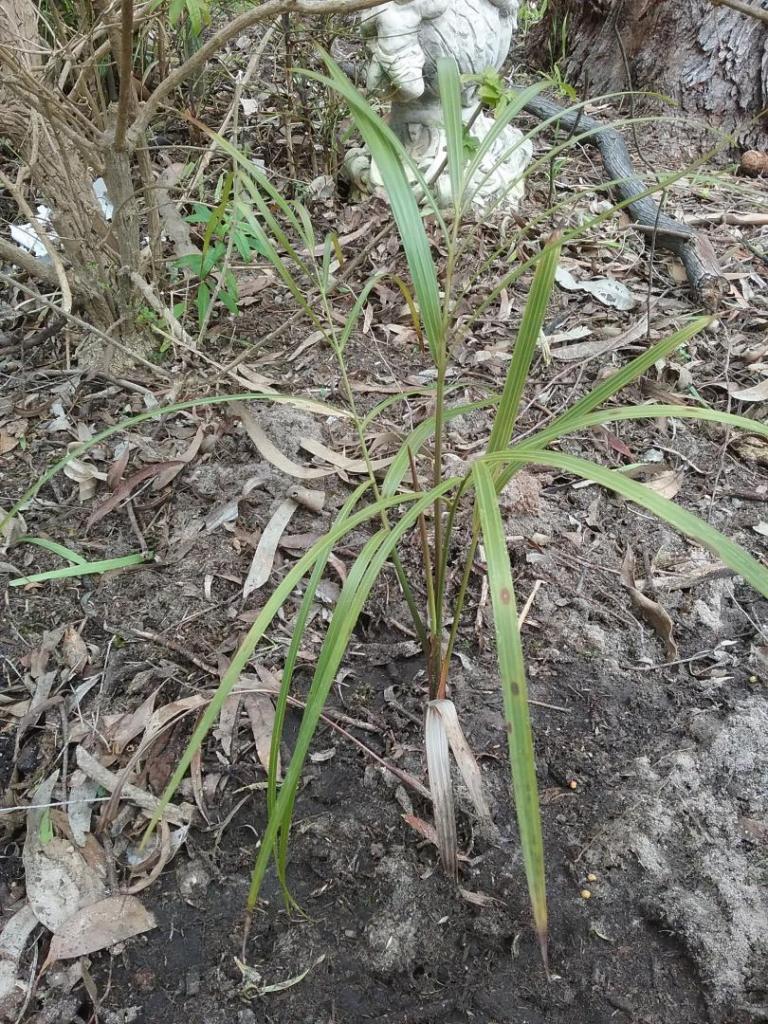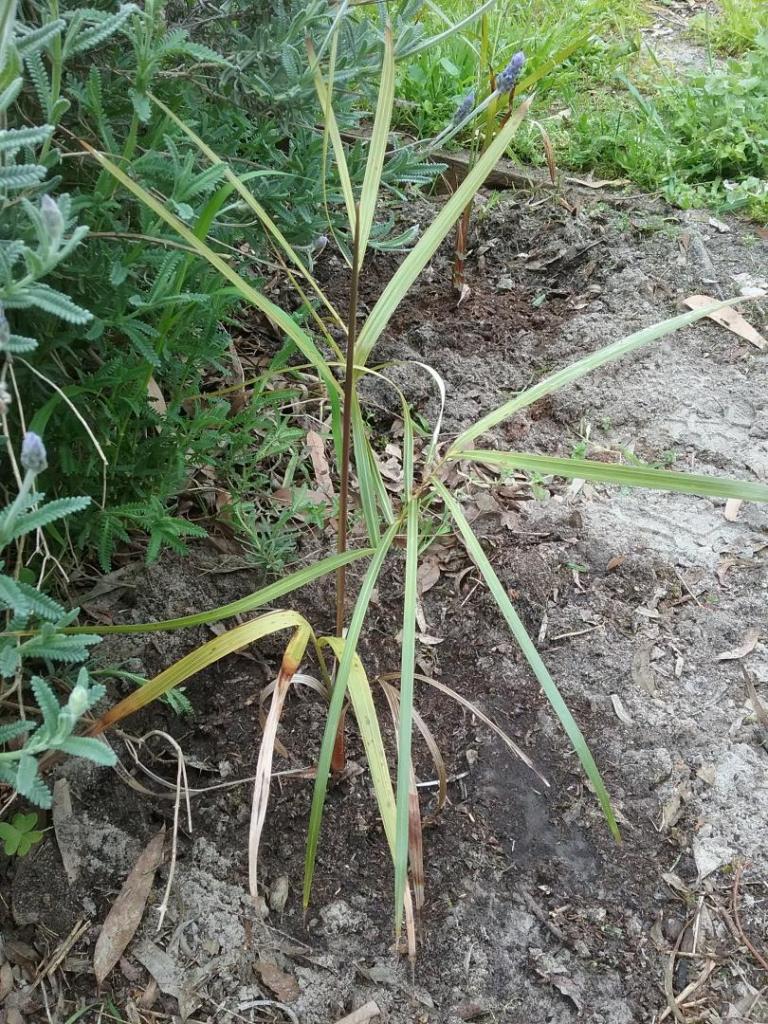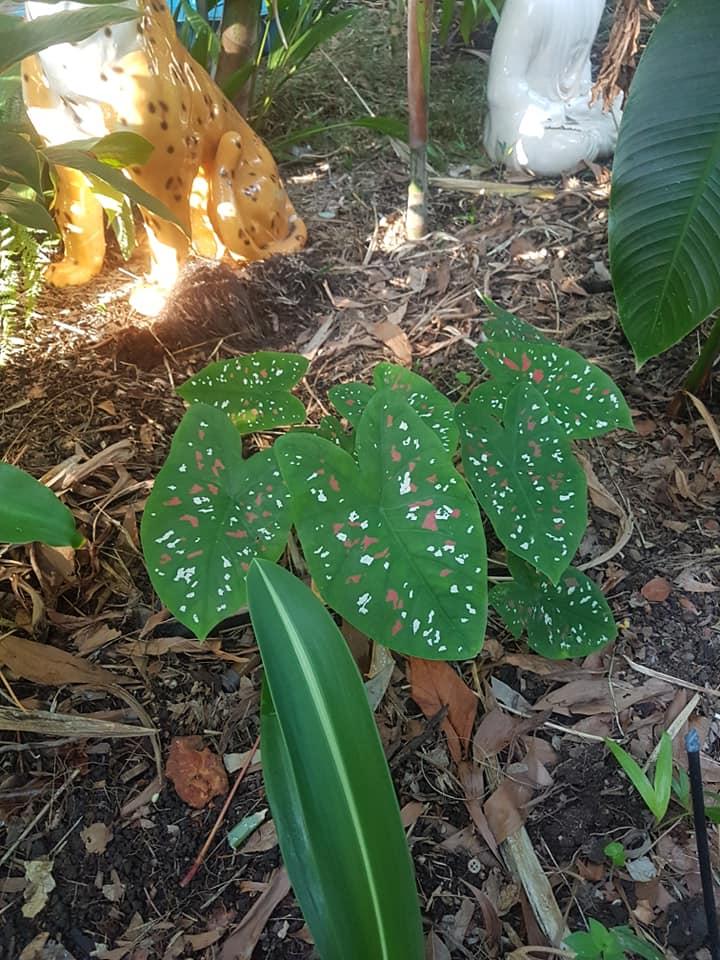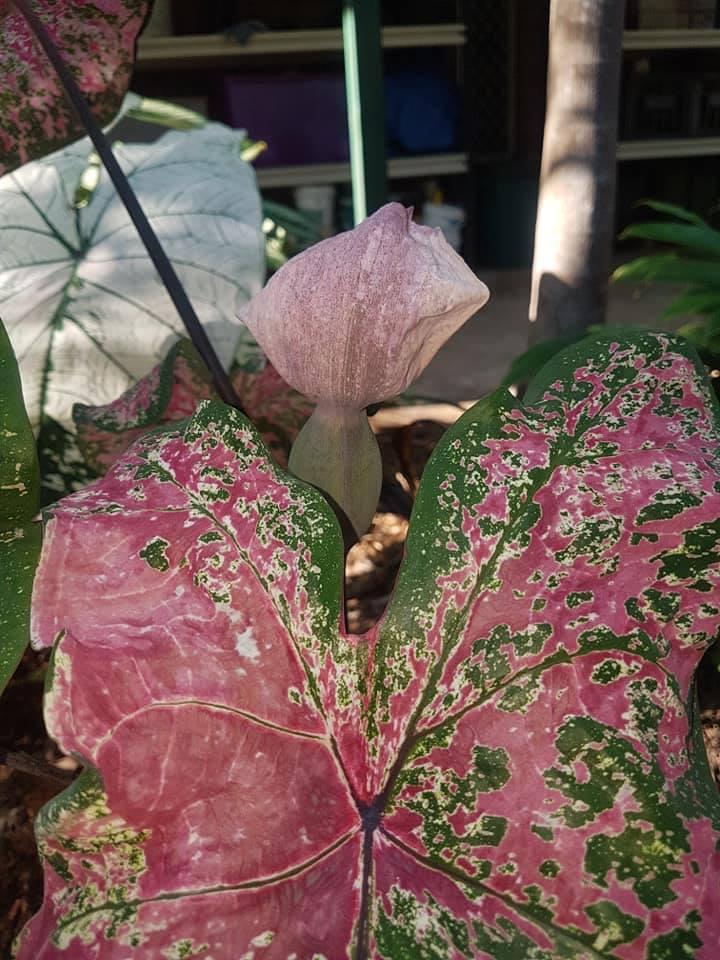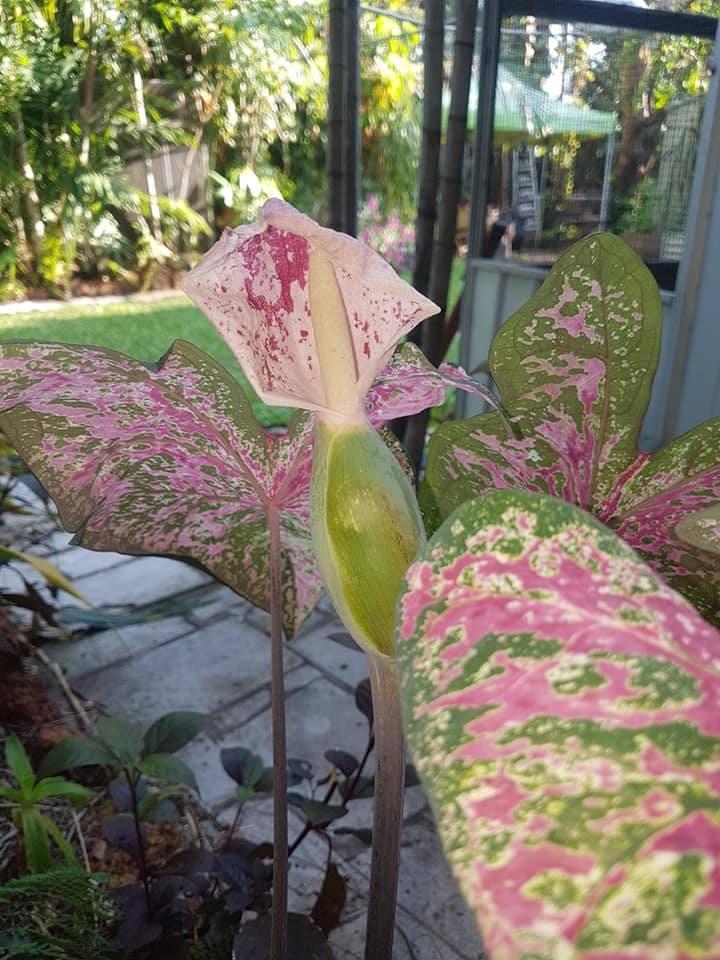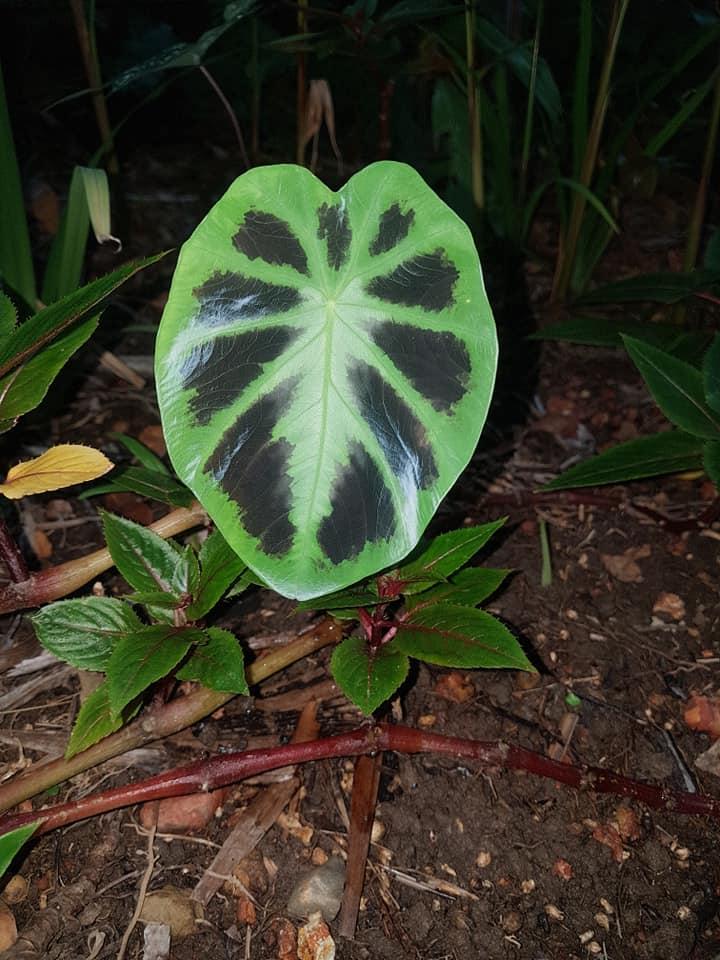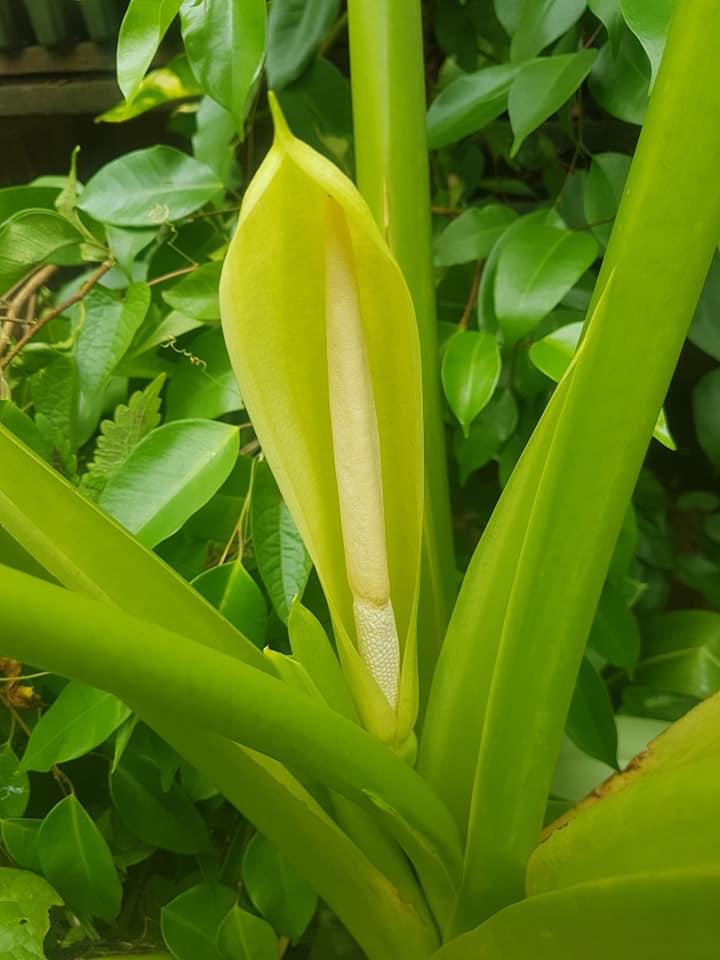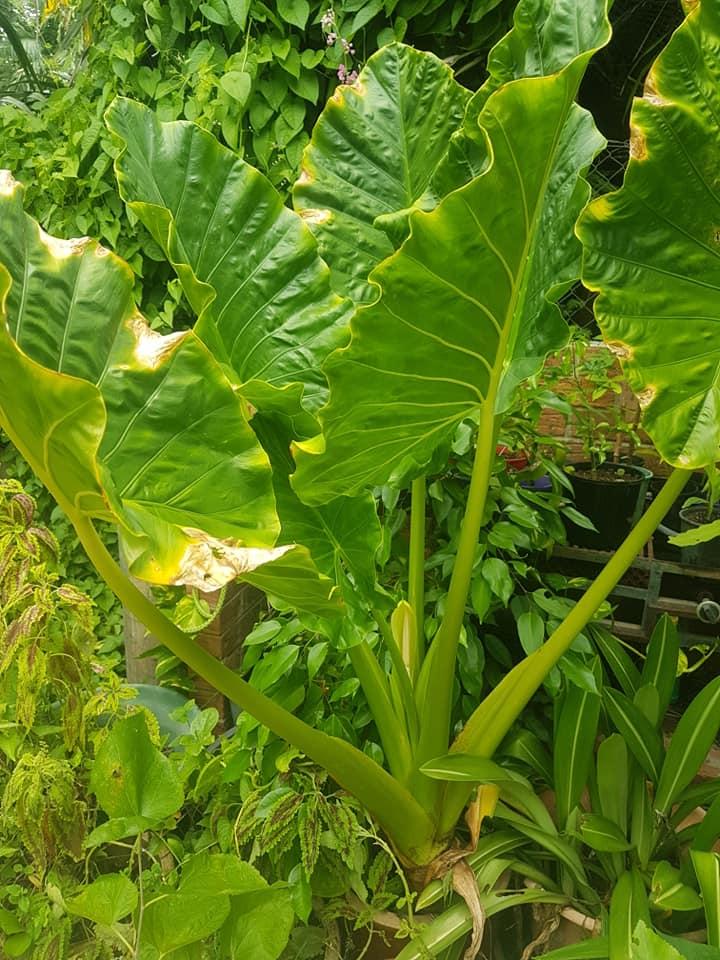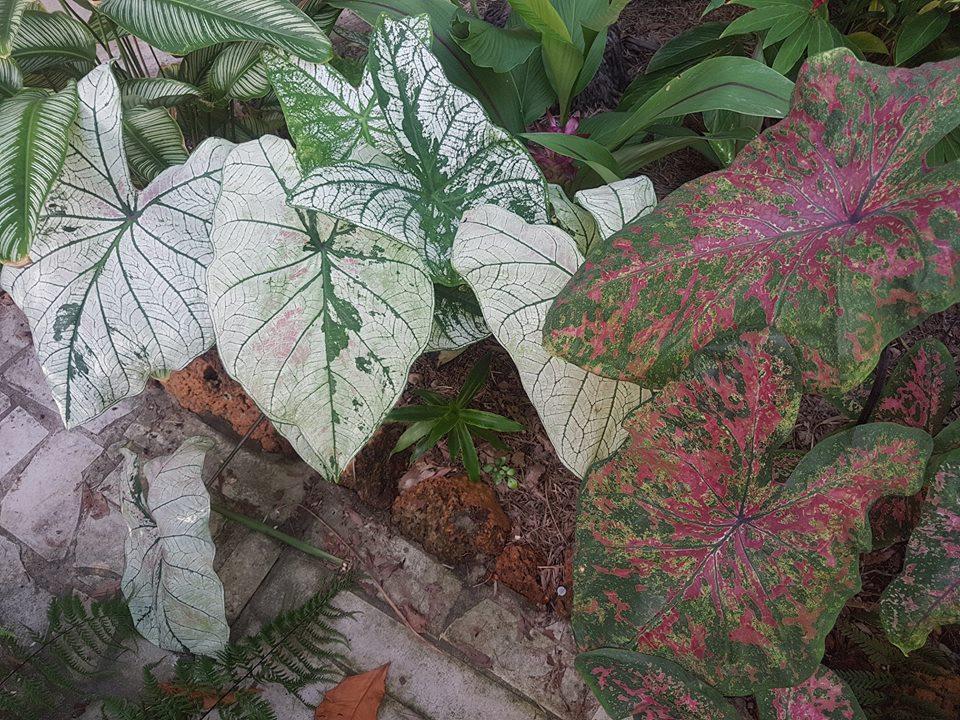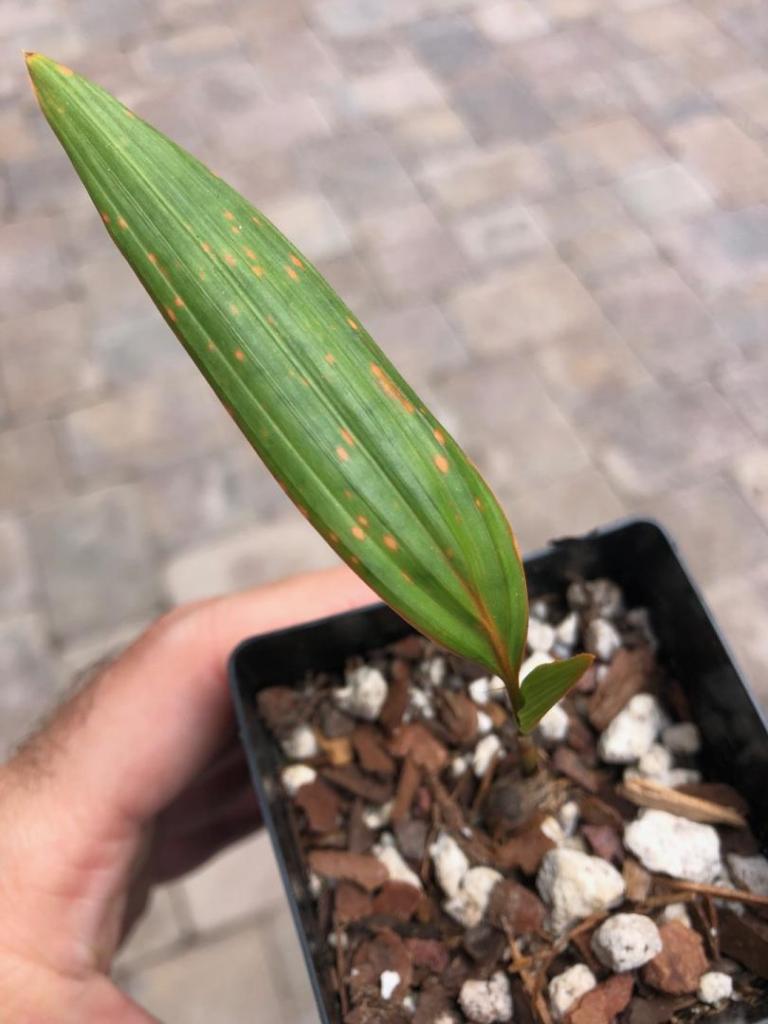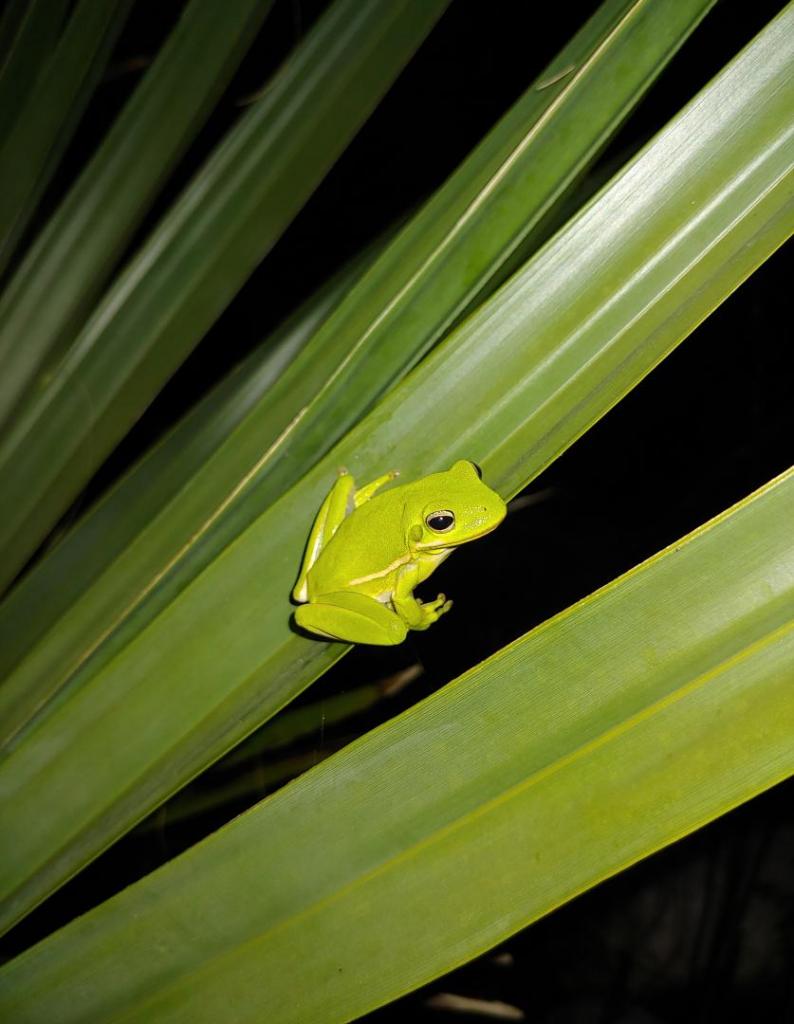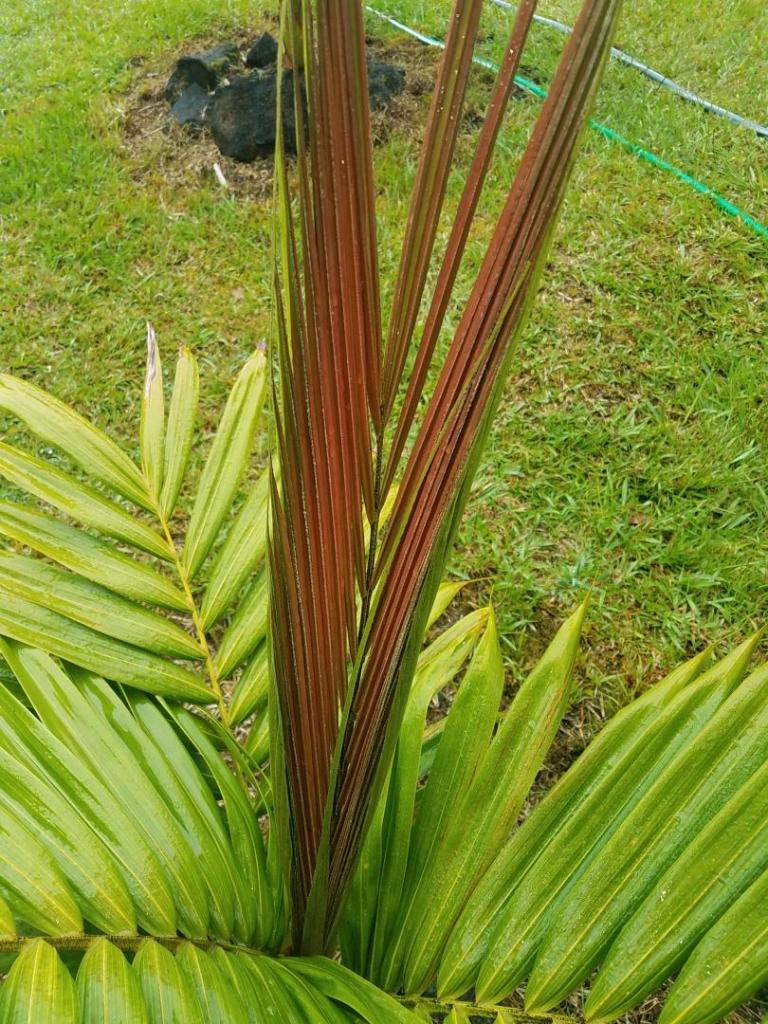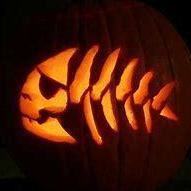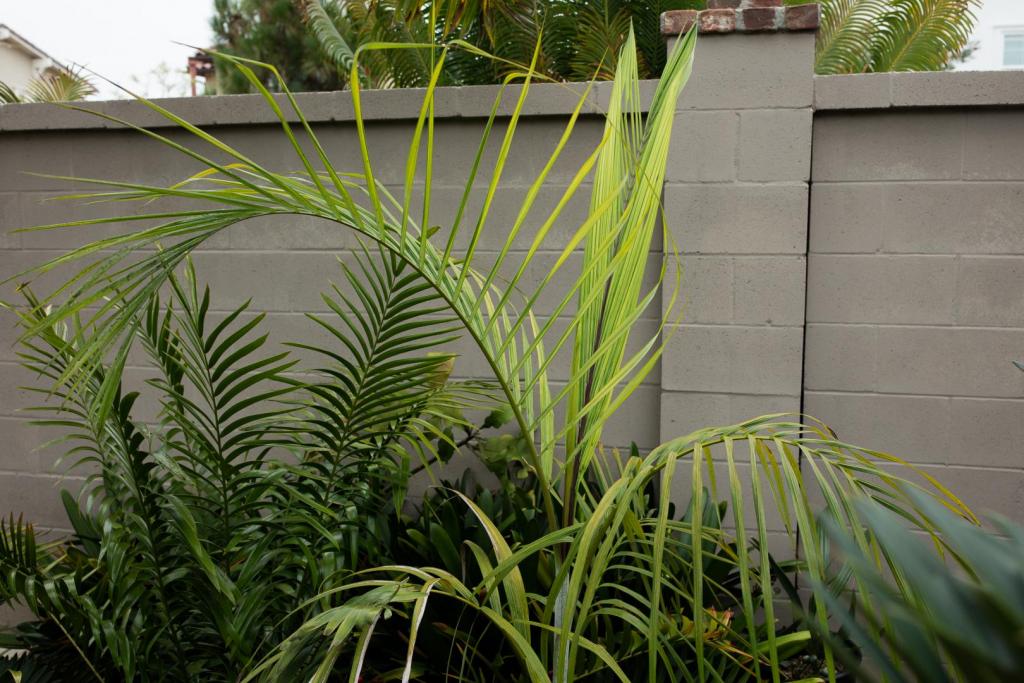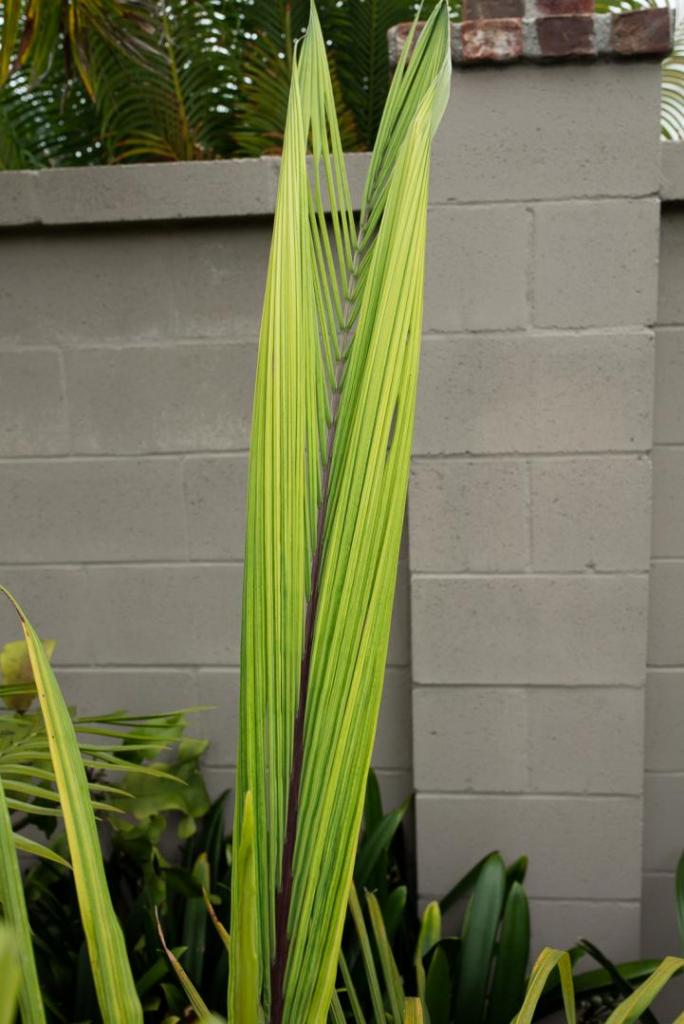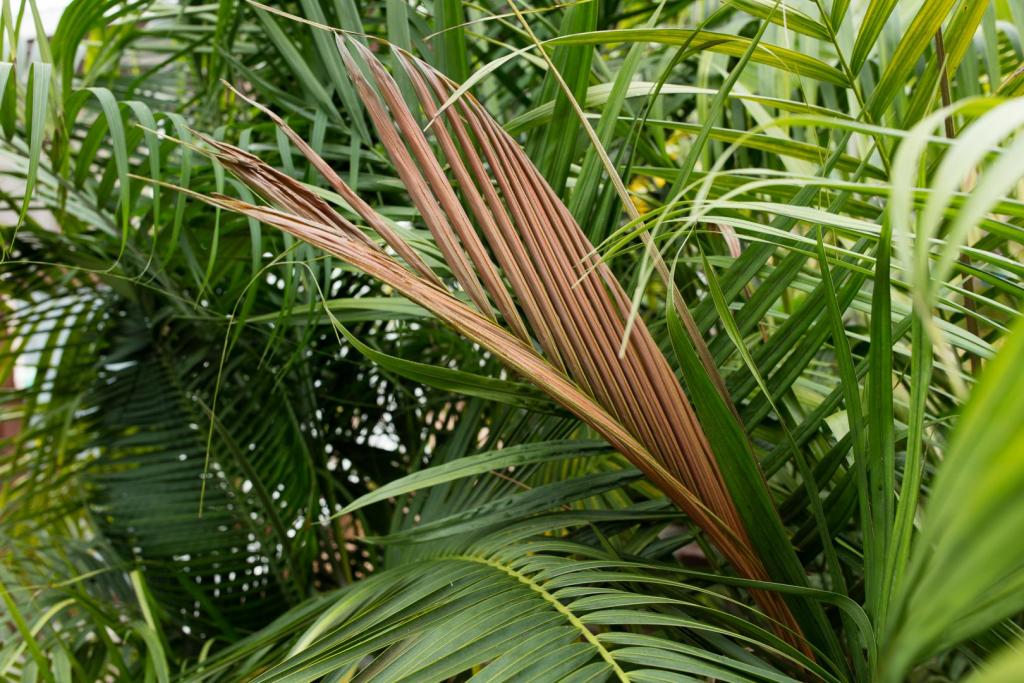Leaderboard
Popular Content
Showing content with the highest reputation on 09/13/2019 in all areas
-
8 points
-
7 points
-
4 points
-
4 points
-
3 points
-
Hi Alex! I’ve always found this fascinating and it does seem to be helping your cocos. I’ve personally not added salt to mine in the ground because I’m scared it would harm other plants that I have planted around my cocos. But hey, I’m in Florida so maybe the fill dirt they made my community with has salt in it anyway. Who knows. But I’ve definitely enjoyed reading your cocos chronicles over the years though. Great work growing those in an improbable area3 points
-
I agree with kinzyjr that it's probably not due to too much water, if anything perhaps too little water. Palmettos and minors live in sand on the edge of water here so the root systems are pretty much under water. A garden at the top of a retaining wall like that will require a lot regular water due to the surface area of the wall drying out the soil. It appears that the fence is on a concrete wall. The wall will act like a sponge pulling moisture out of the soil behind the wall and evaporating it unless there was a vapor barrier put on the inside of the wall. I doubt mounding will be beneficial (and may make the problem worse) though replacing the soil may help although possibly only temporarily (if there's chemical soil contamination afterward). Having seen the other threads mentioned in the past and the symptoms described I'd think lack of water or a chemical could be causing the problem. Cats aren't likely to be the problem. The mention that the plants were in place for a long time prior to dying leads me to think something changed in their environment unless there's a disease in your area. Any neighbors have similar plants? Is there an irrigation system? How long has the patio been in place? How is the patio cleaned? Power wash? Scrub brush? Are any weed killers used on the patio area? Does anyone take things out on the patio to wash or use any type of chemicals on patio for other reasons? Are the rabbit screens & pipes galvanized metal? Are they getting old and the galvanic coating coming off? Does the plant decline occur at a certain time of year where rainfall is high? Does runoff from the home roof get to the plants?3 points
-
3 points
-
3 points
-
Well I've caught the palm bug and lemme tell ya, it's been taking me on quite the ride. My property didn't have much in the way of landscaping when I purchased it, just a few small flowering bushes, etc. Nothing exciting, nothing tropical looking. Although the lot wasn't eye catching, it did give me a blank canvas to work with. As a brief overview, I've added some trees to the front yard but didn't do any structural changes. The back however, has received a retaining wall with 3 large planters built into it. This area extends from my concrete patio and serves as both additional patio square footage as well as an area to add some palms and whatnot. Here's what I've added so far: - Front Yard - 3 trachycarpus fortunei (15' oah) - 3 mule (two 65g, one 7g) - 1 chamaerops humilis (15g iirc) - 1 phoenix theophrasti (5g) - Back Yard - 3 trachycarpus fortunei (7' - 15' oah) - 2 mule (7g) - 3 chamaedorea microspadix (24" oah) - 1 sabal (17' oah) - 1 phoenix sylvestris (12' oah) - 1 washingtonia robusta (10' oah) - 1 livistona chinensis (15g) In addition to the palms listed above I've added some yuccas, spike plants, decorative grass, elephant ears, fatsia, and a couple small flowering bushes. Below are a couple pics showing the mules and sylvester in the planters and the solo washingtonia. I gotta get some better pics of everything else, it's a work in progress so the area is a bit of a mess right now.2 points
-
I was in New Smyrna Beach this past weekend. I haven't been there in awhile over on the beach side. Along Flagler Ave. at Peninsula Ave. is a good sized mature Ficus benghalensis. I was really amazed to see it so big. It made me think and wonder if this is the northernmost Banyan specimen in Florida. New Smyrna Beach is about 50 miles NE of Orlando, between Cape Canaveral and Daytona Beach. This Banyan Tree is growing beachside on the barrier island which is zone 9b and probably borderline 10a. NSB is in southern Volusia County. Southern Volusia is the northern range for some of the tropical native species like red mangrove, strangler fig, seagrape, gumbo limbo, and buttonwood. Driving around I saw some decent sized Ficus aurea, F. elastica and F. lutea. Also some young coconuts but no older, trunking specimens. I think they were all killed in 2009-10 except for a nice one along Flagler Ave. A pic of it has been posted on Palmtalk before. It has coconuts on it now. I also saw nice size mango trees. So does anyone know of a mature Ficus benghlanesis north of NSB? Or a "banyan"-type like F. altissima, etc.?2 points
-
2 points
-
2 points
-
As one of the originators of "mound planting" as such, I'll chime in...lol. There are several factors that come into play here. Obviously in habitat, Palms don't mound plant themselves, it is generally taking a plant native to an area and trying to grow it in often very disparate environments. So Cal is a "Mediterranean" environment too, characterized by low rainfall amounts and long cool winters. Throw clay in the mix and it is difficult for some Palms to thrive until established. When your winters average months of nighttime temps in the 40's and daytime highs rarely reaching 75, it is difficult for a "tropical" plant to survive. So the mound planting was an attempt to help a bit. Generally the water supply has a high salt level as you do not have rainfall to depend on. (At least in So Cal, our water comes from a long ways away. ) Throw in clay that retains water very well and drains poorly and there is your recipe! The idea is to mound plant heeled palms as they often have slow root growth and tend to burrow a bit before gaining vertical height. By mound planting, if you have excessive water and a cool winter, then a large part of the roots and growing point is above the wet cold clay/soil. it can shed off. Once a palm "needs" that moisture, dropping the roots abit will get all it needs. Until then, extra water on your behalf if warm will keep the palm happy. All that being said, as a general rule for myself, any palm I choose to mound plant, "half the pot height" is what I go by. Good luck!2 points
-
While reading this thread, the part in bold stuck out the most to me. It's hard to believe that a Sabal minor, palmetto, or etonia would have much issues with moisture in a Mediterranean climate. At Highland Hammock in Sebring or out at the Circle B ranch here in Lakeland, palmetto and minor literally grow in shallow standing water in the swamps. SSD may be a variant of Lethal Yellowing/Lethal Bronzing judging by the symptoms. As far as the mounds go, it is usually determined by the radius of the mound. You usually want an inch of drop for every foot of radius in a circular mound as a general guideline.2 points
-
2 points
-
1 point
-
What a tree Eric! I need to get one of these to keep as a bonsai. My mom was just asking about this last weekend. She wants one for her yard in Port Charlotte but was concerned it might be illegal in Charlotte County, so I looked it up and Ficus benghalensis is indeed illegal in said county. So I introduced her to the loophole, Ficus aurea, our Florida native species that gets very banyan-like when large. I am giving her my larger specimen to plant in the yard.1 point
-
@PalmTreeDude looking good. I just measured my largest (first pic) after seeing this and the fronds are about 3.5' in width. It's just over 6' in height with the clump just over 8' ft in diameter, and it's not quite 10 years after planting from one of those little blue pots (if I remember correctly). @Trent I took the second pic in Raleigh, NC. I want to say these were at least 8' in overall height. They were definitely over 6'. I think they could make a decent privacy screen.1 point
-
Thank you OC2. I don’t protect them. They are on their own as far as temps go. The yatay mule has not been any more cold hardy than the regular mules. The butia x lytocaryum is more tender than the other mules.1 point
-
1 point
-
1 point
-
1 point
-
1 point
-
1 point
-
A few of the many clumps of Dypsis in the area. These are on South Blvd. near Lake Morton. Link 1 Link 21 point
-
To make an educated guess on mound height , it really depends on what your trying to get the roots away from ? Your other threads it didnt seem like root rot correct ? Which is usually the biggest reason you mound up , cause of bad drainage which you had with your old clay soil. Since you have amended the area , hopefully you will have much better drainage now. If you just really want to mound just to be on the safe side i would go maybe 6" over grade. The size of palm planted i think would really determine height for aesthetics.1 point
-
A finally planted what I have left of my Dypsis plumosa sprouted from seed sent by Dooms Dave. After a very successful germination would have been close to 100% I now only have 7 left. I planted them as a close group, fingers crossed they like the dirty beach sand like soil here. Need to get some mulch.1 point
-
1 point
-
1 point
-
Are you willing and able to provide the necessary high light, heat (30+C) and high humidity that tropical palms must have to survive indoors through winter? If you won't/can't you will be wasting money and dooming your palms to miserable deaths. Chamaedoreas are your best bets but if you won't have them and still want a true tropical pinnate palm your commonest candidate is Adonidia merrillii but you will have to devote time and resources to caring for one - they are extremely cold sensitive and cool sensitive. Genus Pinanga has a number of small species but these are also extremely tropical. The Syagrus genus has a number of smaller growing species but you will have to research them yourself. Rarer Syagrus seem more common in Europe than in the US. The genus Butia is not strictly tropical but has a number of small/dwarf species that might take life in a pot and are not overly fragile. But Butias also require sun and a lot of light as well as some warmth.1 point
-
1 point
-
Looking good Zapata is 9b by the way, and a high one at that...there are some nice royal palms in your area. Heck, you might even have a decent shot at growing a coconut, especially on the south side of the lake. Would love to see more pics of your area !1 point
-
Looks normal to me. I think it’s getting itself ready for another set of new leaves.1 point
-
1 point
-
More comedy than anything, but here were the suggestions from the local paper: Handy Advice to Survive Our Endless Summer1 point
-
Yes, what everyone else said, classic textbook sunburn pics. And one more thing, sometimes although a set amount of water goes through the pot, it may not all go evenly through the soil mix. A condition called tracking where most of the water goes down a few tracks. This can be prevented or corrected by the application of a surfactant. This ensures that all of the medium is evenly wet and holds enough until next time. If you have not use done yet I would apply it about every 6 months. It is quite cheap at the usual gardening places. I use it in all of my pots.1 point
-
1 point
-
Not mine but right next door so I get the better view of it from the side. There's a lot of them here, some streets in my neighborhood are lined with ones this size. They're actually getting too tall IMO and should come down.1 point
-
1 point
-
1 point
-
1 point
-
For that price you better hire a nanny to care for them while you're at work.1 point
-
1 point
-
Does seem like chronic and severe boron deficiency. Unless you take counter measures, yer gonna miss the palm.1 point
-
You drove from NE to CA to scarf up palms? You are my idol. Even if you are 1,500 miles closer than I am. Kudos!1 point
-
1 point
-
1 point
-
There are some tucked into smaller yards near Bayshore but they are hard to pick out. Homeowners trim the stilt roots as they come down so the tree gets harder to pick out. There's a scraggly looking one that's been pruned too many times on south MacDill just past El Prado.1 point
-
1 point







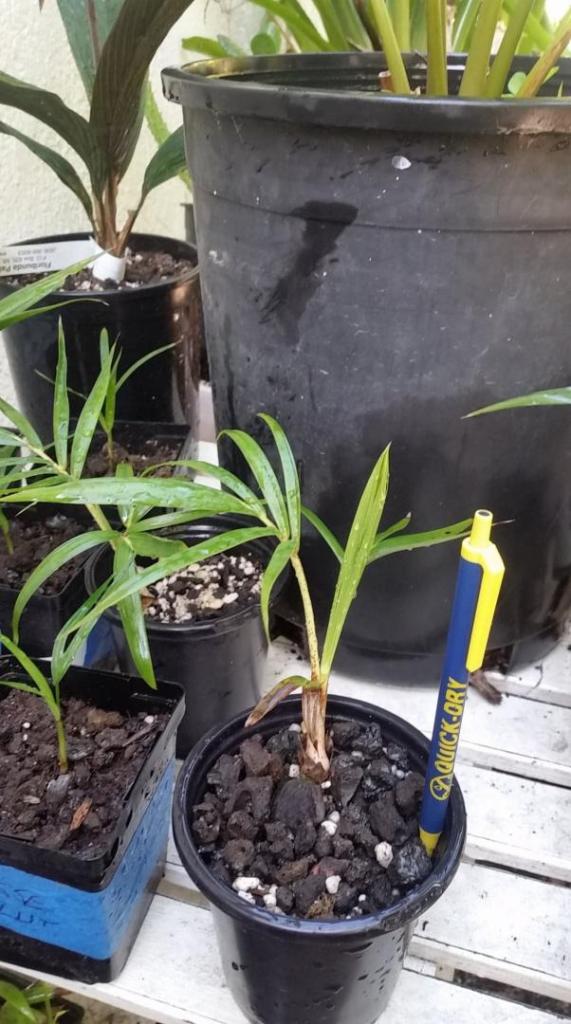






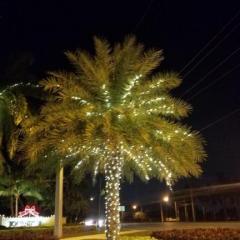

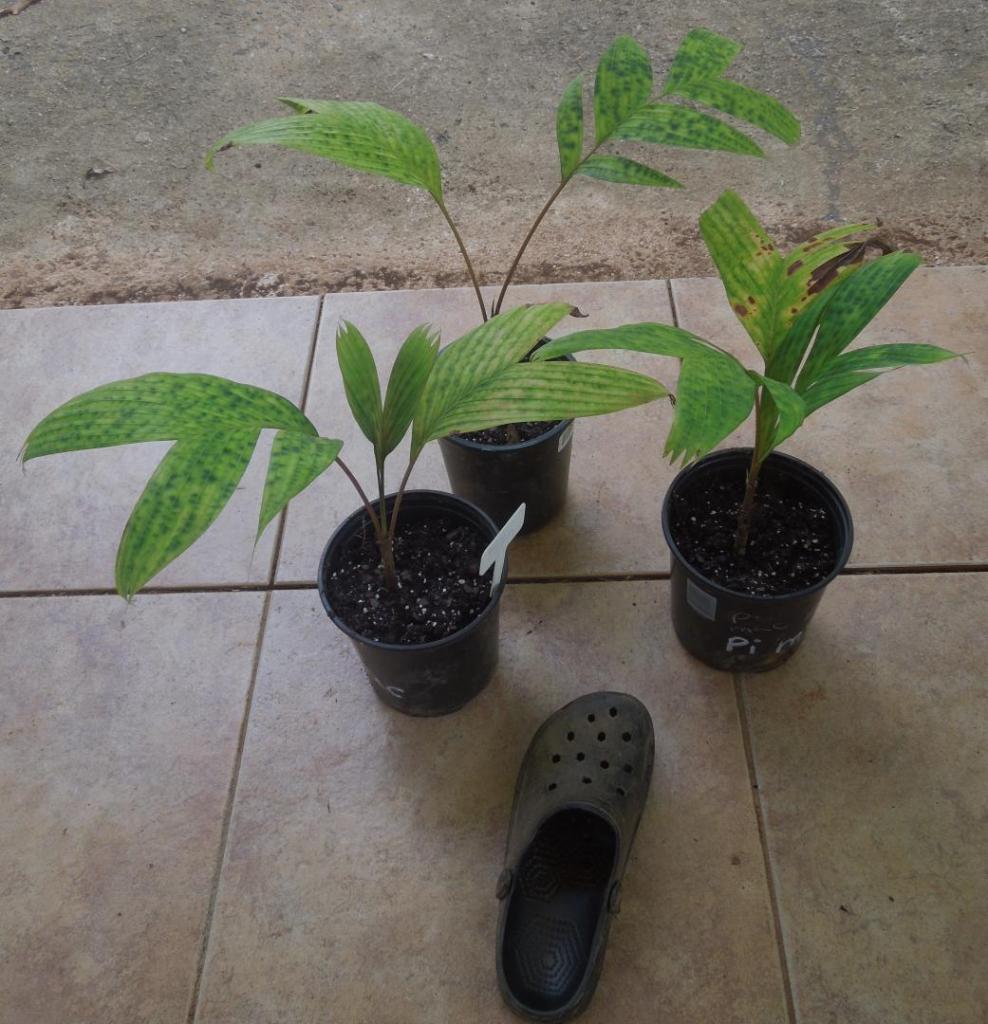




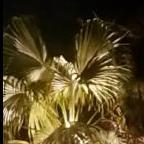

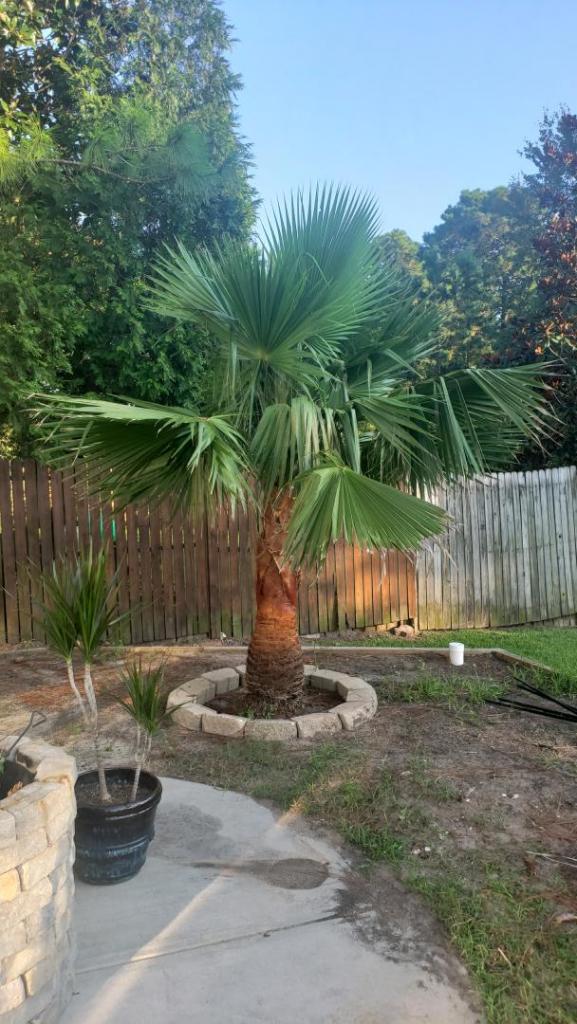





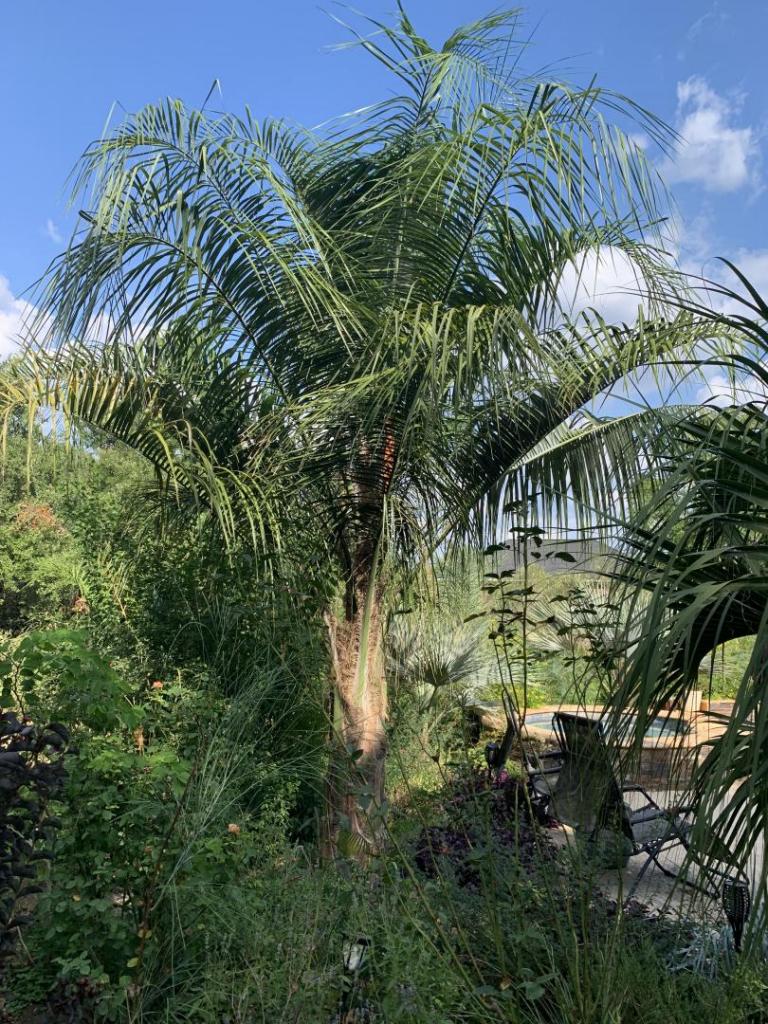
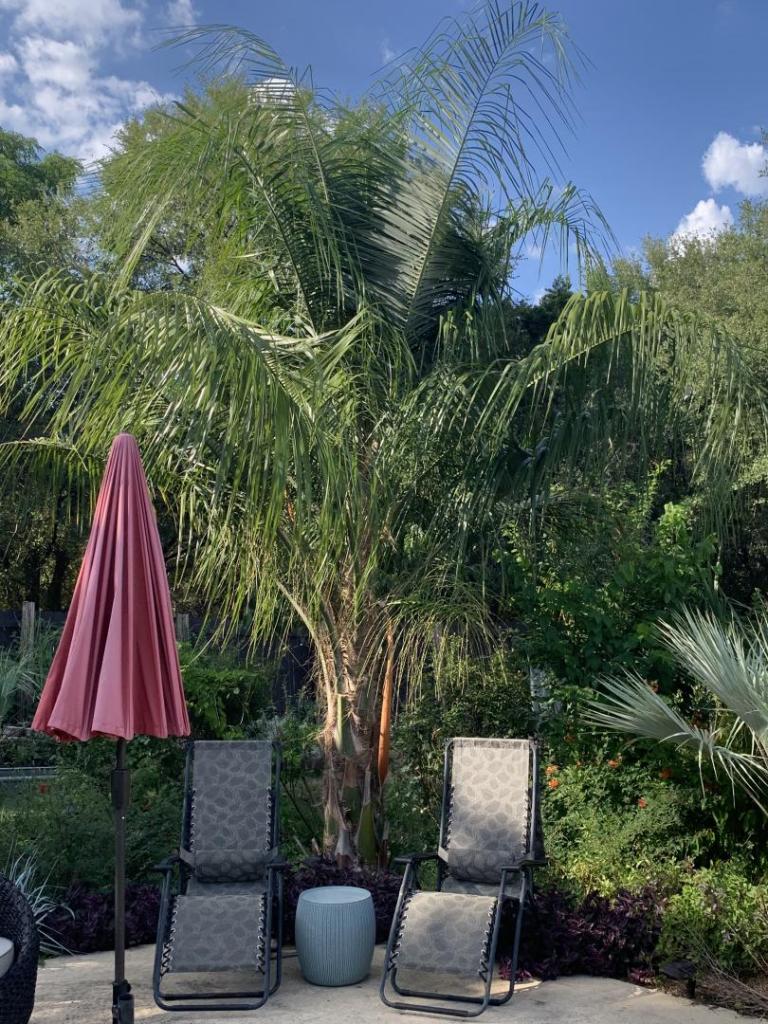
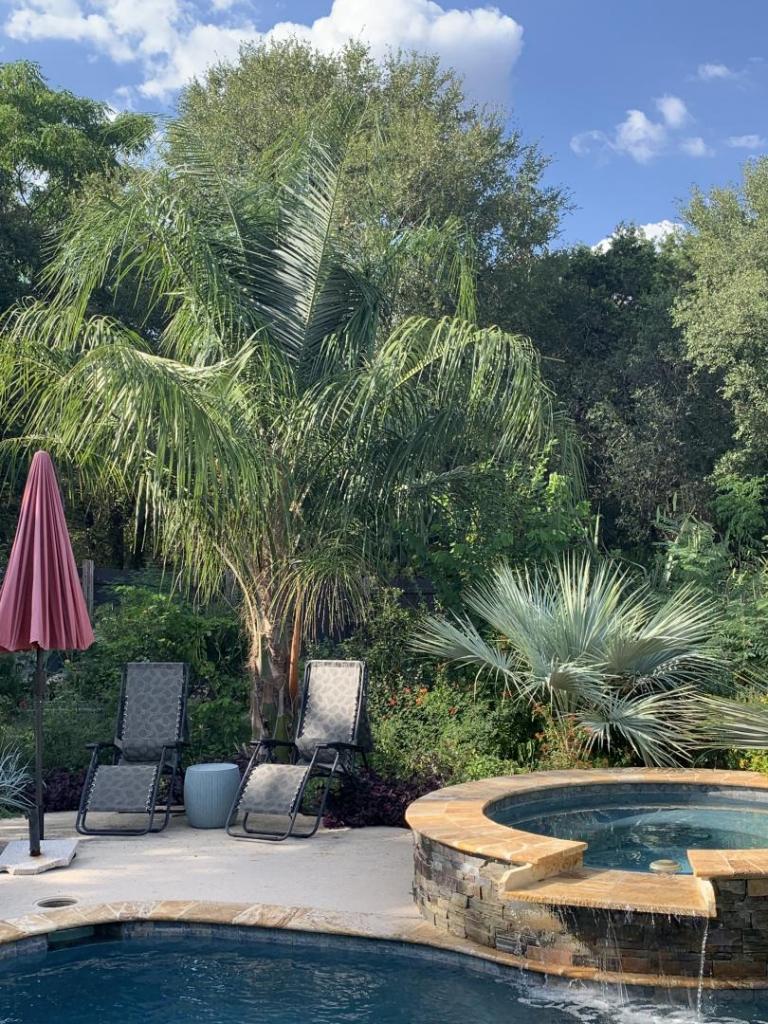

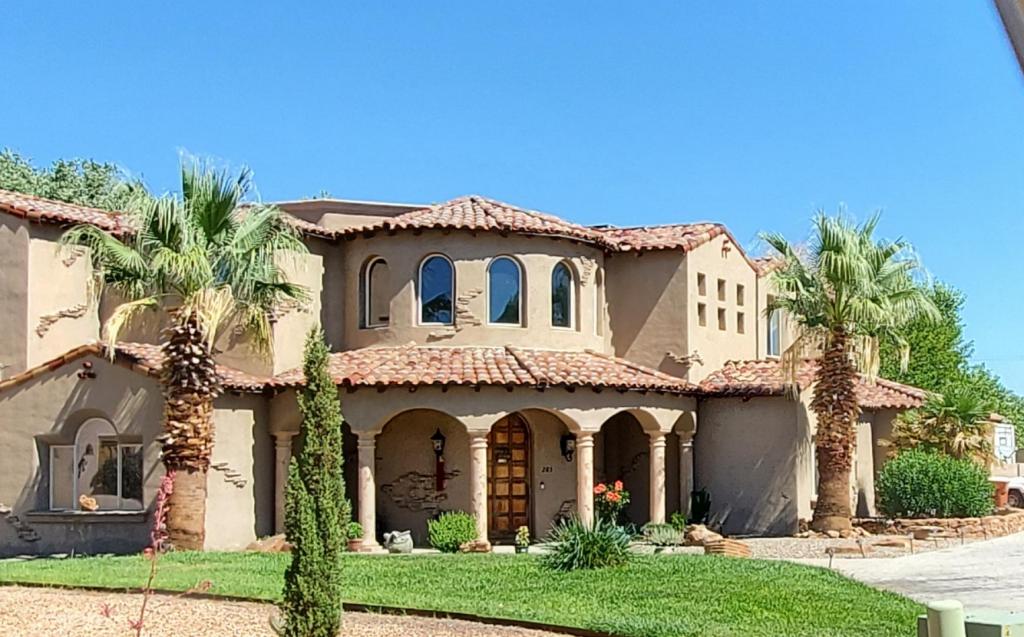
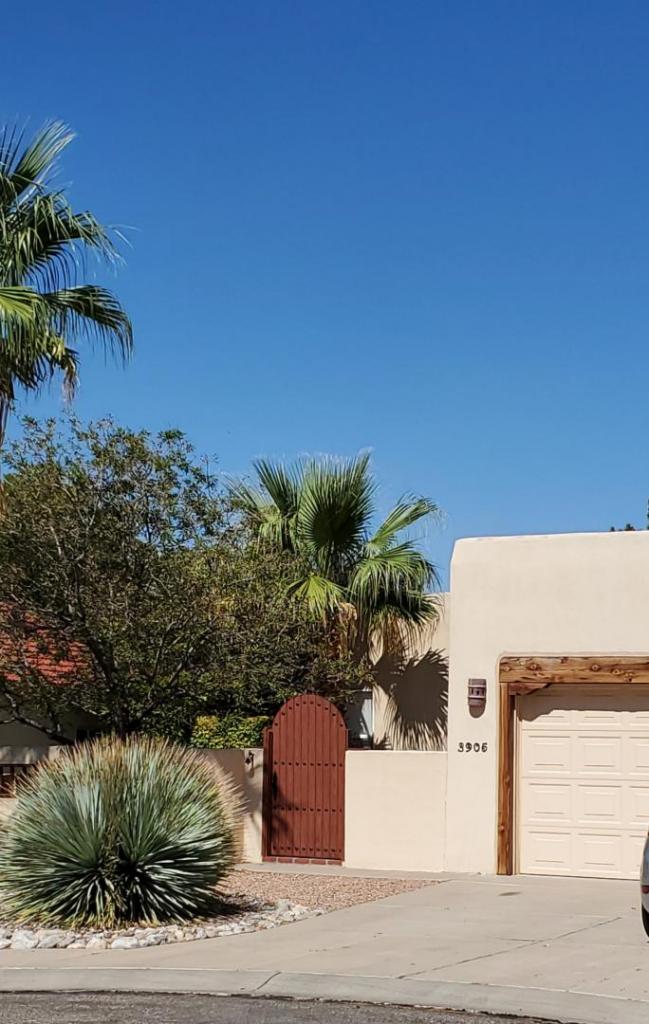
.thumb.jpg.4e91fe2cb87ace844d8164b8e9e1f271.jpg)
